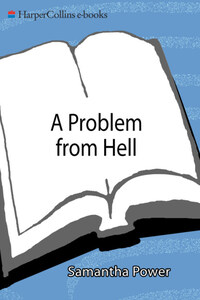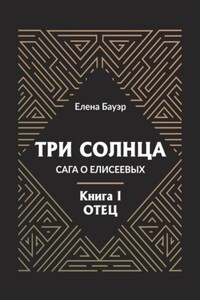Awards and Accolades
Winner of the Pulitzer Prize for General Non-fiction 2003
Winner of Robert F. Kennedy Book Award 2003
Winner of the National Book Critics Circle Award for General Non-fiction
Winner of the National Magazine Award for her Atlantic Monthly article “Bystanders to Genocide”
Winner of the Raphael Lemkin Award (Institute for the Study of Genocide)
Winner of the J. Anthony Lukas Book Prize for the Best Book on American Political or Social Concern That Exemplifies Literary Grace and Commitment to Serious Research
Short-listed for the Los Angeles Times Book Prize for the Best Book in Current Interest
Short-listed for the Arthur Ross Book Award for the Best Book in International Affairs (Council on Foreign Relations)
Short-listed for the Lionel Gelber Prize for the Best Book in International Relations (Munk Center for International Studies, Canada)
Winner of the National Magazine Award for her New Yorker article “Dying in Darfur”
Trial by Fire
On March 14, 1921, on a damp day in the Charlottenburg district of Berlin, a twenty-four-year-old Armenian crept up behind a man in a heavy gray overcoat swinging his cane. The Armenian, Soghomon Tehlirian, placed a revolver at the back of the man’s head and pulled the trigger, shouting, “This is to avenge the death of my family!” The burly target crumpled. If you had heard the shot and spotted the rage distorting the face of the young offender, you might have suspected that you were witnessing a murder to avenge a very different kind of crime. But back then you would not have known to call the crime in question “genocide.” The word did not yet exist.
Tehlirian, the Armenian assassin, was quickly tackled. As pedestrians beat him with their fists and house keys,he shouted in broken German, “I foreigner, he foreigner, this not hurt Germany…It’s nothing to do with you.”>1 It was national justice carried out in an international setting. Tehlirian had just murdered Mehmed Talaat, the former Turkish interior minister who had set out to rid Turkey of its Armenian “problem.” In 1915 Talaat had presided over the killing by firing squad, bayoneting, bludgeoning, and starvation of nearly 1 million Armenians.>2
The outside world had known that the Armenians were at grave risk well before Talaat and the Young Turk leadership ordered their deportation. When Turkey entered World War I on the side of Germany against Britain, France, and Russia, Talaat made it clear that the empire would target its Christian subjects. In January 1915, in remarks reported by the New York Times, Talaat said that there was no room for Christians in Turkey and that their supporters should advise them to clear out.>3 By late March Turkey had begun disarming Armenian men serving in the Ottoman army. On April 25, 1915, the day the Allies invaded Turkey, Talaat ordered the roundup and execution of some 250 leading Armenian intellectuals in Constantinople. In each of Turkey’s six eastern provinces, local Armenian notables met roughly the same fate. Armenian men in rural areas were initially enlisted as pack animals to transport Turkish supplies to the front, but soon even this was deemed too dignified an existence for the traitorous Christians. Churches were desecrated. Armenian schools were closed, and those teachers who refused to convert to Islam were killed. All over Anatolia the authorities posted deportation orders requiring the Armenians to relocate to camps prepared in the deserts of Syria. In fact, the Turkish authorities knew that no facilities had been prepared, and more than half of the deported Armenians died on the way. “By continuing the deportation of the orphans to their destinations during the intense cold,” Talaat wrote, “we are ensuring their eternal rest.”>4
“Official proclamations,” like this one from June 1915, cropped up around town:
Our Armenian fellow countrymen,…because…they have…attempted to destroy the peace and security of the Ottoman state,…have to be sent away to places which have been prepared in the interior…and a literal obedience to the following orders, in a categorical manner, is accordingly enjoined upon all Ottomans:









